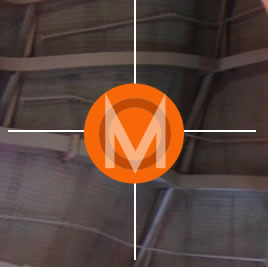
The technique of etching has been around for a long time. Sometimes when I am working on an etching, I feel I am working in the 17th century, using a very old-fashioned medium. However, in this age of mechanical and computerized production, it is exactly this unique medium that helps me give a very personal touch to each print:
Every print of my etchings is unique. Each one is an original print. This uniqueness makes this form of art more expensive than one-color etchings, lithographs, photographs, or posters. Each of these methods mentioned uses a different degree of mechanicalness in producing prints. Since there is is only a very low degree of mechanicalness in my etchings, each of them is a unique work of art. To purchase my etchings online, click here.
Another reason why a hand painted color etching is original and not a run-of-the-press-print is because in some way it is like a painting. Let me explain: A hand painted color etching is a print because I etch a plate, which holds the image. I use a hand press to transfer the image and the colors from the plate onto paper – a print is made.
Each print is original because each time before I print the etched plate, I paint the plate, just like a painting. The colors will print wherever I place them, only in reverse. For each print, the plate has to be repainted. No other printer can print it. No print in an edition is the same – they are all slightly different. I seldom make more than 25 prints in one edition.
There is another unique characteristic in etchings: embossment. Because of the pressure on the damp, thick paper, a relief appears on the paper after printing. Especially when I cut out parts of the metal, such as in Bearers of Light, this embossing becomes pronounced. A typical characteristic of an etching is the “dent,” the impression that comes from the sides of the plate when it gets printed.
An even more pronounced way to create not only embossing but also space between areas and a greater color distinction is “jig-saw puzzle” technique. In it, the zinc plate gets sawed into pieces that can be individually colored.
My Process

My etchings start with zinc plates. I paint or draw the image on it with any medium that resists acid, such as wax pencil, wax crayon, or asphaltum liquid. The design is in reverse (mirror image). Then the plate goes into an etching bath with acid. The acid bites out exposed – undrawn or unpainted – areas. I clean the plate. The sharp sides of the plate are filed so they will not cut into the paper or the press when it gets printed. Sometimes, as in Temujin, I cut up pieces of the zinc.

I rub the plate with colored printing ink. The bitten or etched-out areas will hold ink. The surface gets wiped off with pieces of newsprint paper. I paint the sky with my hands.
In case the plate is cut up, each of these pieces can get colored separately, allowing the printing inks to not get mixed.

I select the right kind and size of paper for each etching. Paper for etchings is specialty paper so the particular qualities of the etching will come out: It will emboss and hold the ink. The right paper will not fade in time.
To get the paper ready for printing, I soak it in water, then blot out the excess water. It needs to be damp uniformly so it will be shaped by the relief of the zinc plate when it goes through the press.
